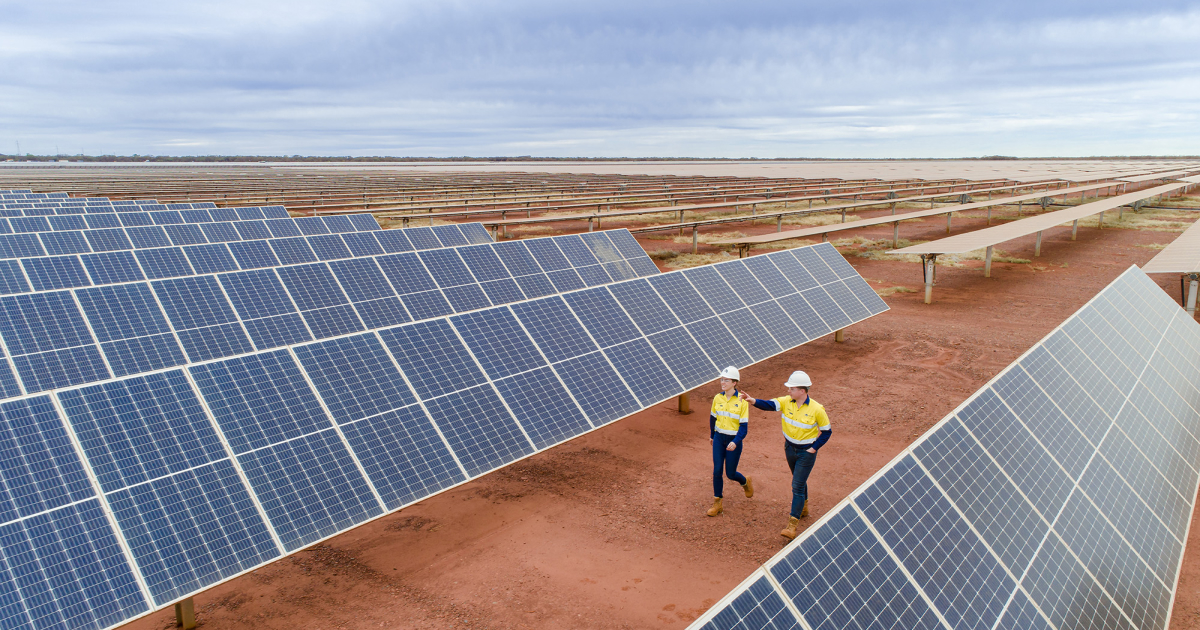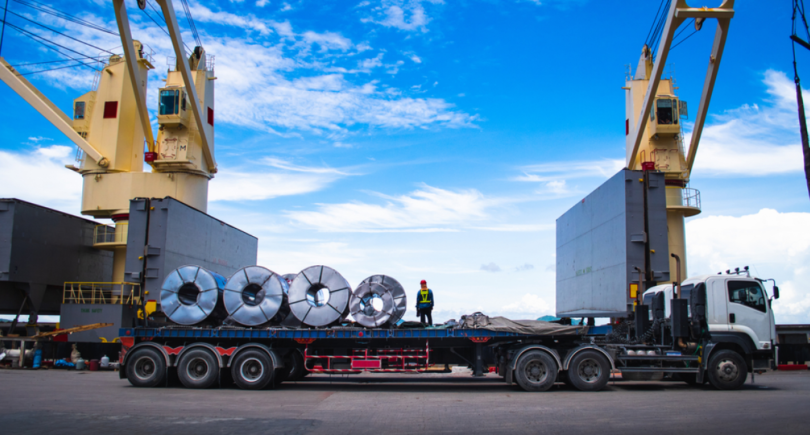
News Global Market Fortescue 1172 21 September 2022
Full implementation of the company's strategy will make it possible to reduce greenhouse gas emissions by 3 million tons per year
Australian mining company Fortescue Metals Group plans to invest $6.2 billion by 2030 in reducing the use of fossil fuels and carbon emissions from iron ore mining. This is stated in the press release on the company’s website.
Due to the investment, Fortescue expects to achieve the supply of a carbon-free product to its customers.
Most of the capital investments are planned for 2024-2028. During this period, the company plans to build an additional 2-3 GW of renewable energy production capacity, as well as to create an environmentally friendly locomotive and mining fleet.
“The strategy will see the company lead the market in terms of its response to growing customer, community and investor expectations to reduce or eliminate carbon emissions. Fortescue expects to generate attractive economic returns from its investment arising from the operating cost savings due to the elimination of diesel, natural gas, and carbon offset purchases from its supply chain,” the statement said.
After the full implementation of the strategy, the company expects to reduce carbon emissions by 3 million tons per year. Net operating cost savings will reach $818 million per year. Cumulative operating cost savings by 2030 will amount to $3 billion.
“We are already seeing direct benefits of the transition away from fossil fuels – we avoided 78m litres of diesel usage at our Chichester Hub. But we must accelerate our transition to the post fossil fuel era, driving global scale industrial change,” commented the company’s executive director Andrew Forrest.
As GMK Center reported earlier, Fortescue Metals Group reduced its net profit by 40% in the 2021/2022 fiscal year compared to the previous financial year – to $6.2 billion.
In the 2021/2022 financial year, the company increased iron ore production by 1% y/y – up to 228.8 million tons. 189 million tons of iron ore were shipped during the year, which is 4% more compared to the 2020/2021 fiscal year.




